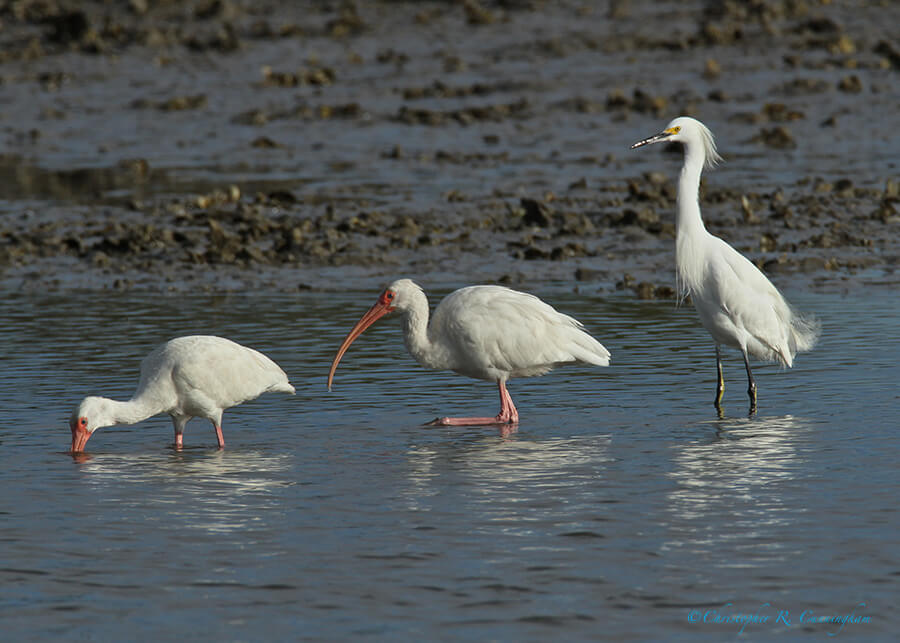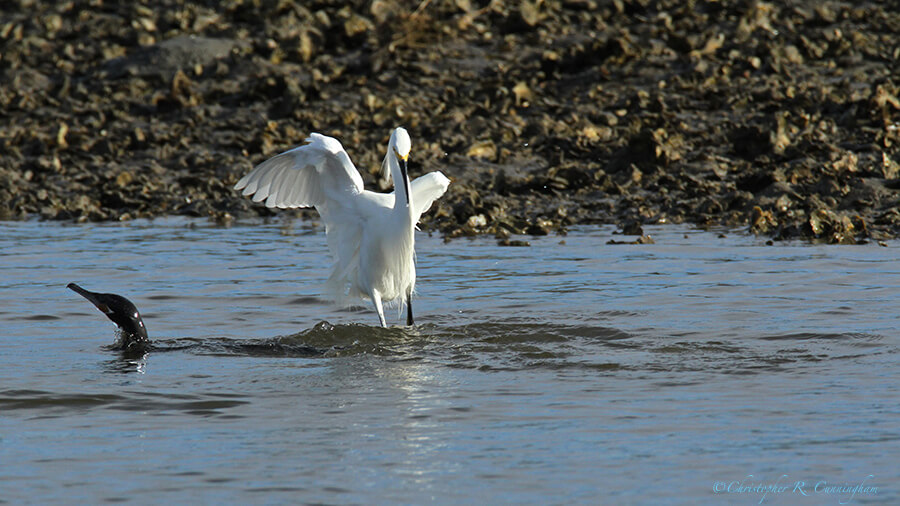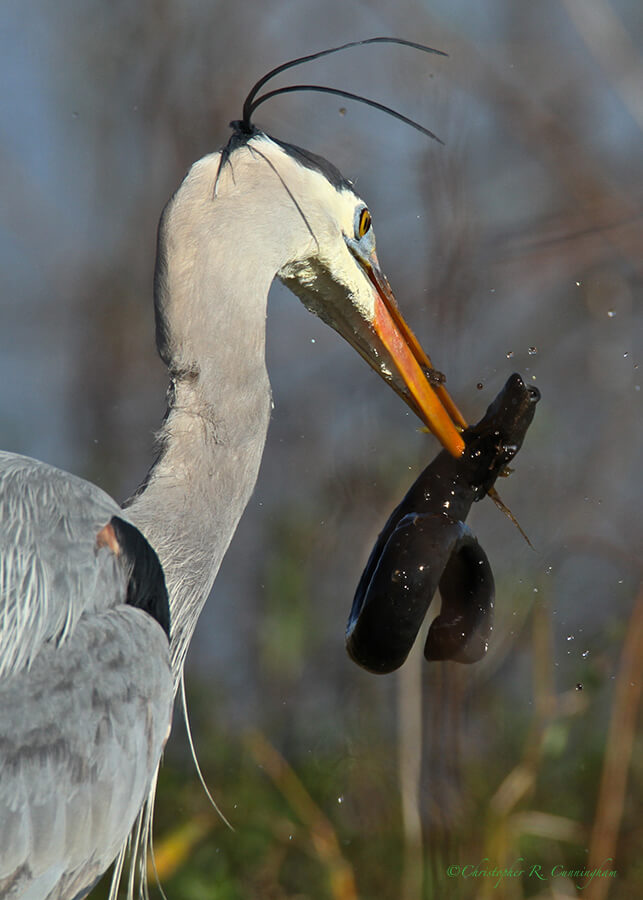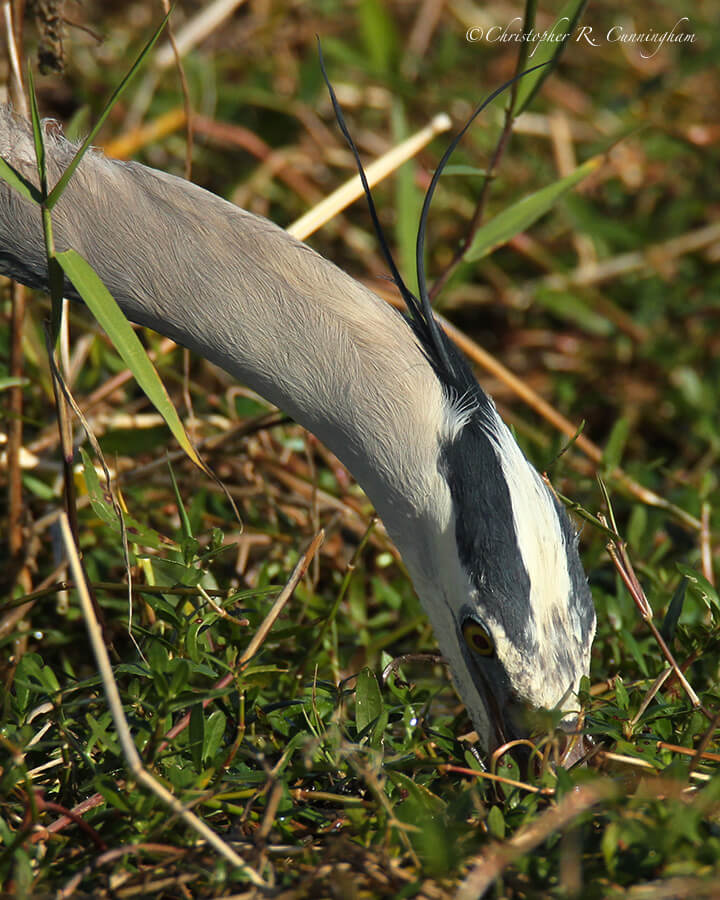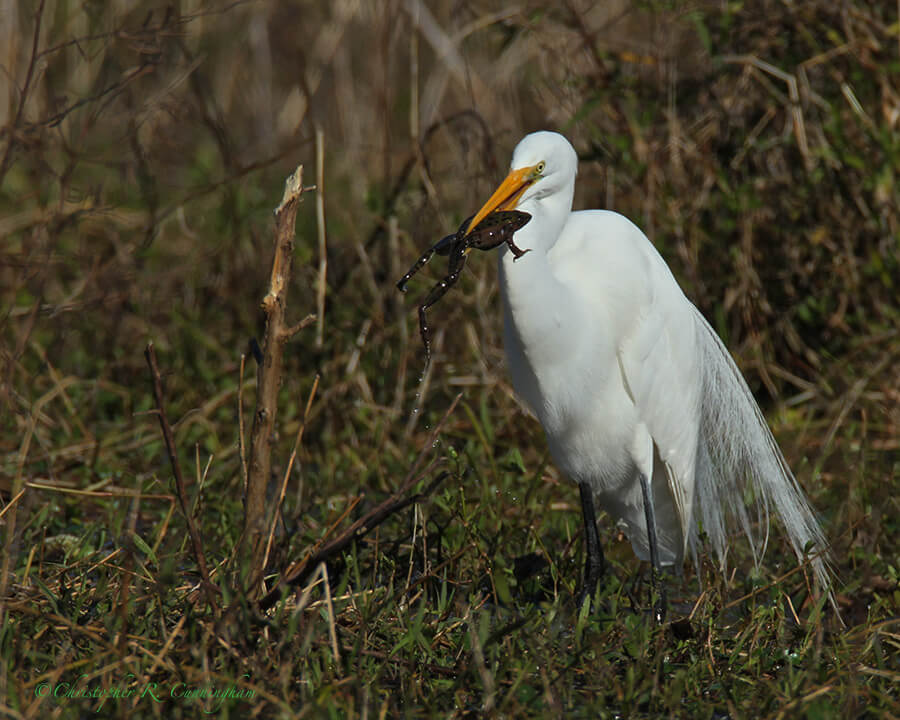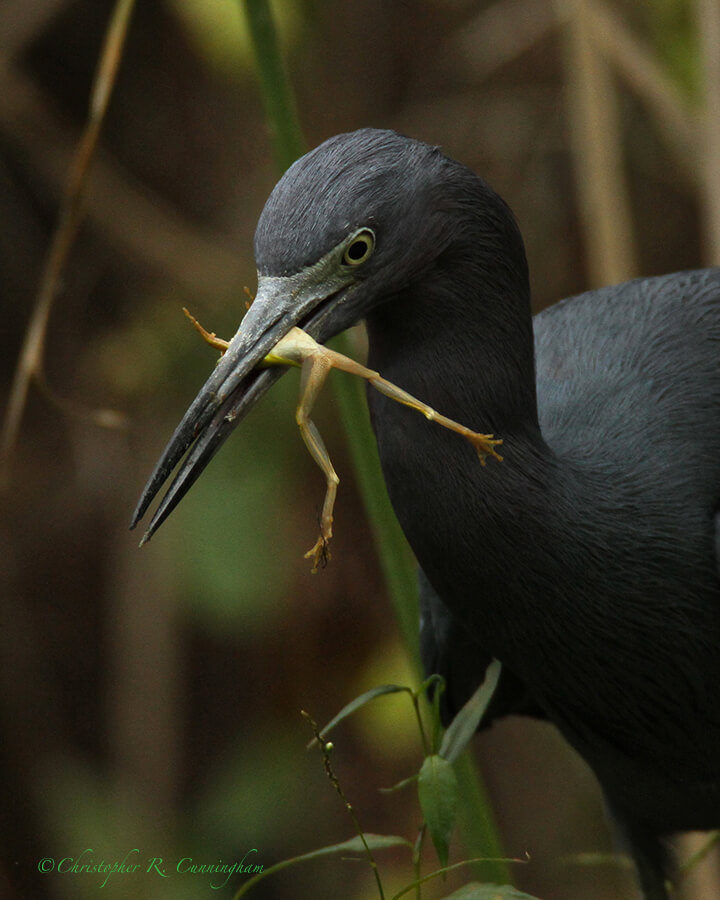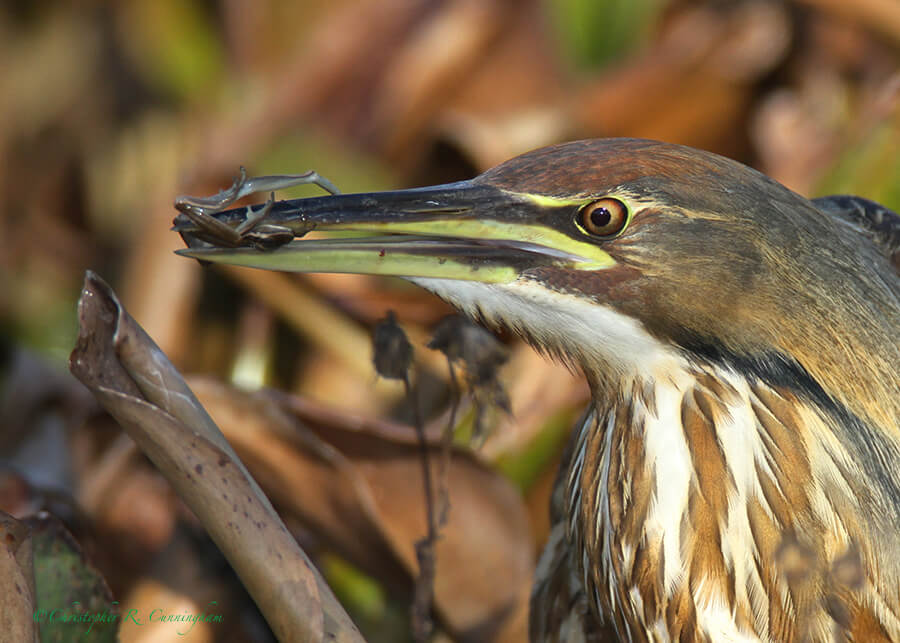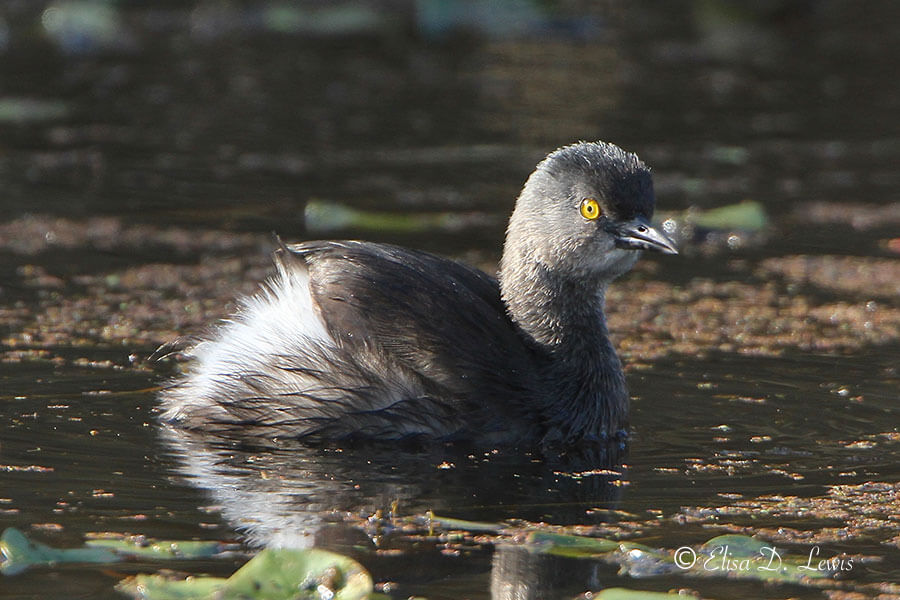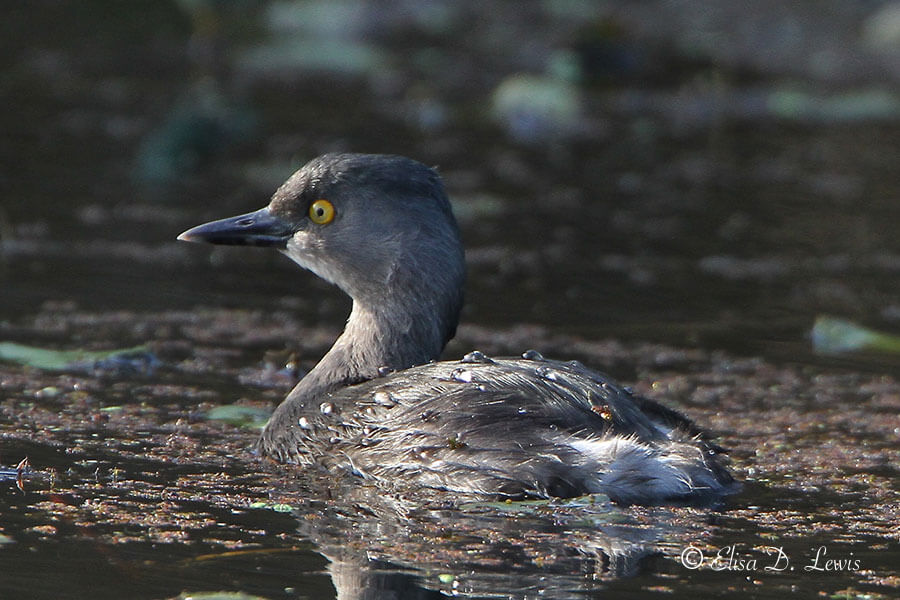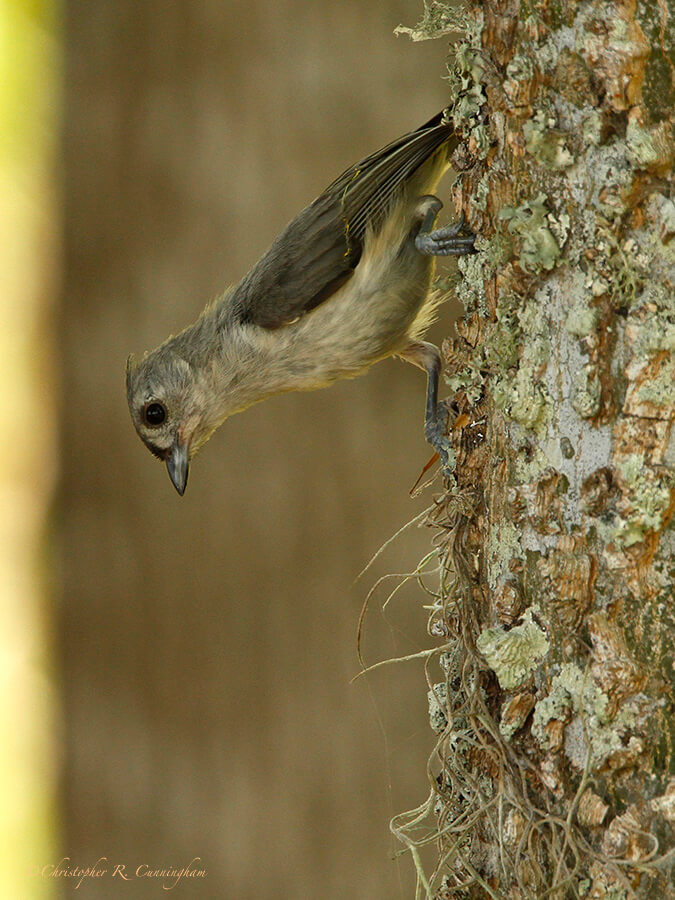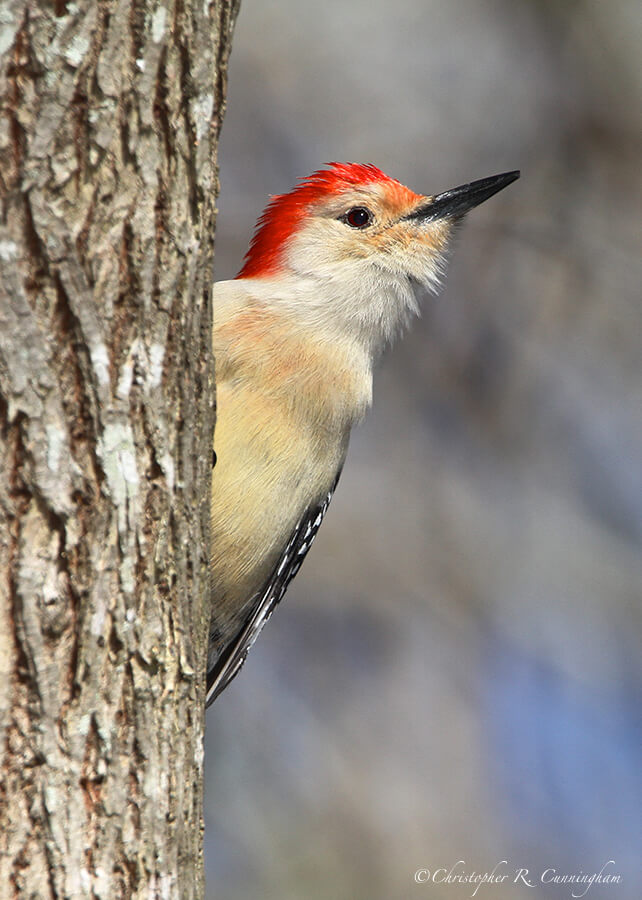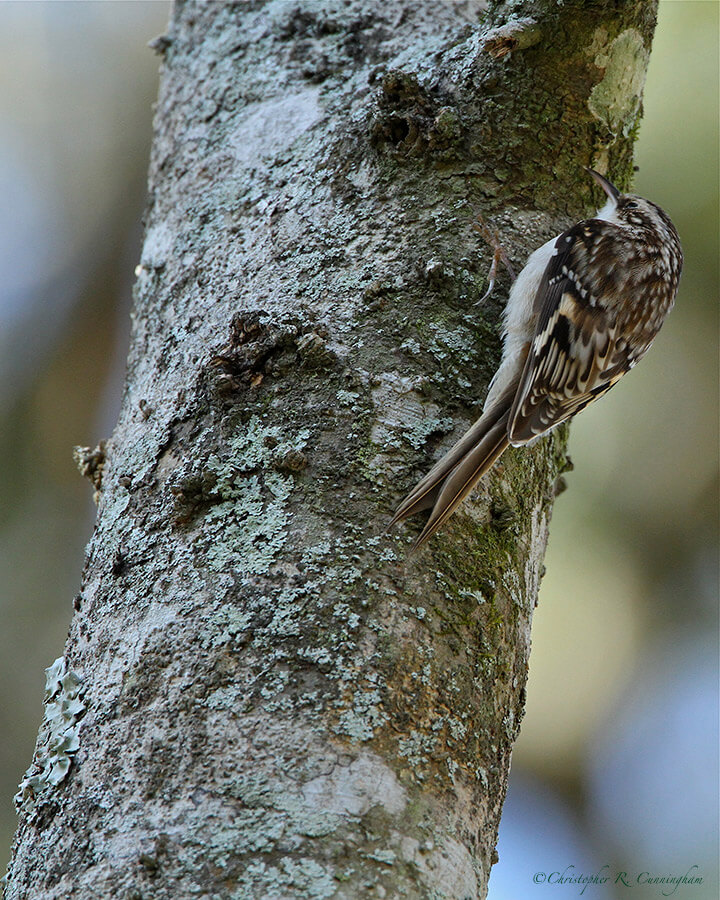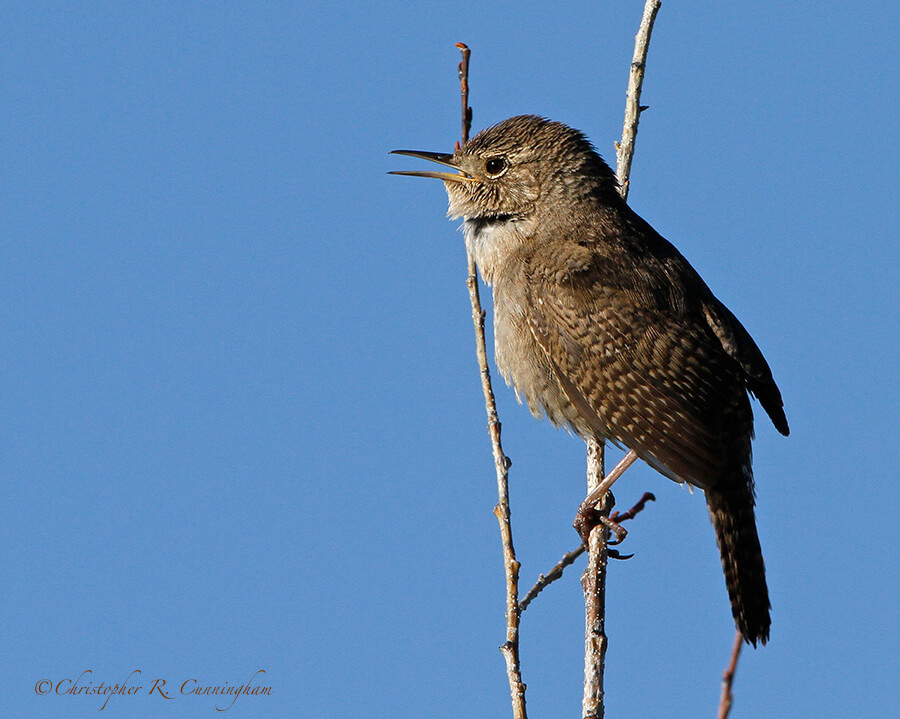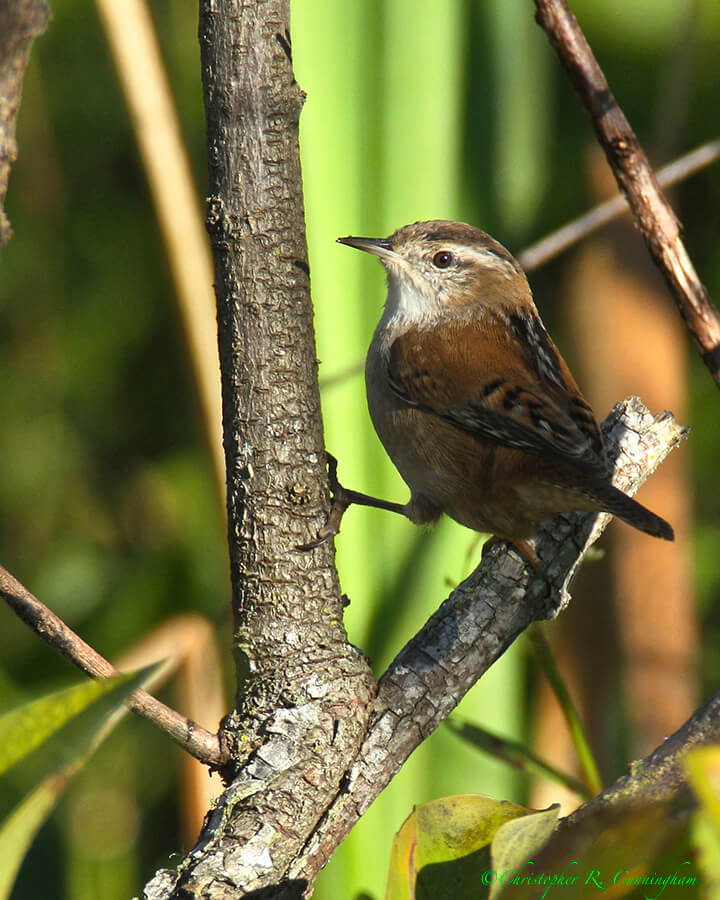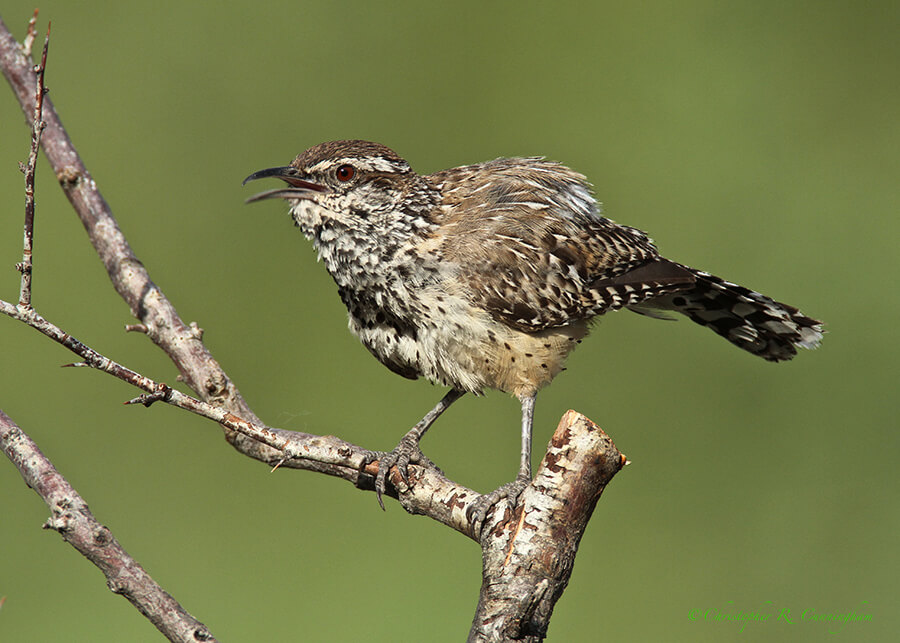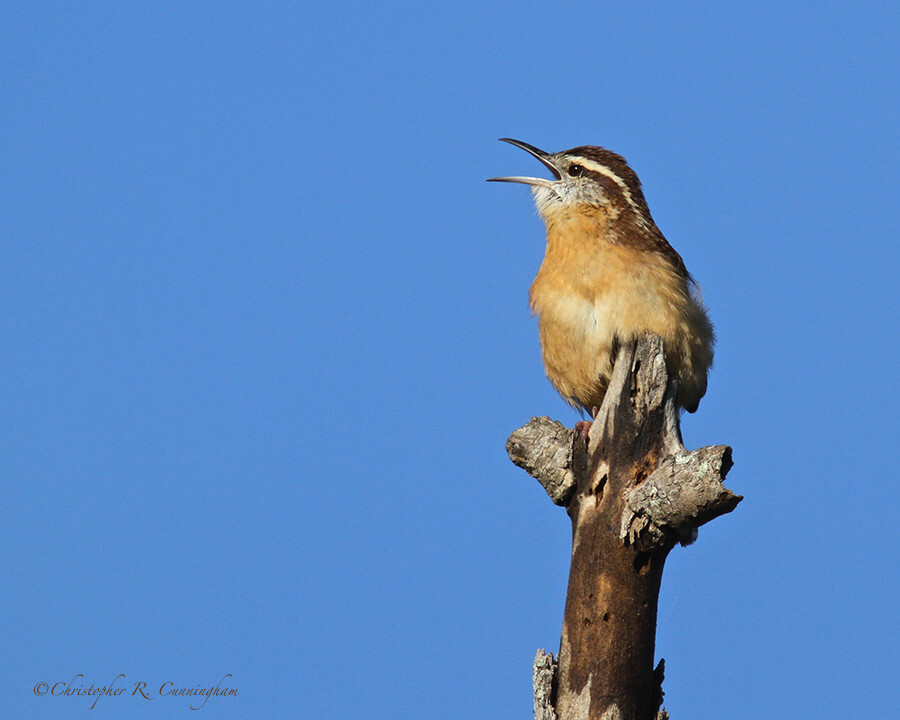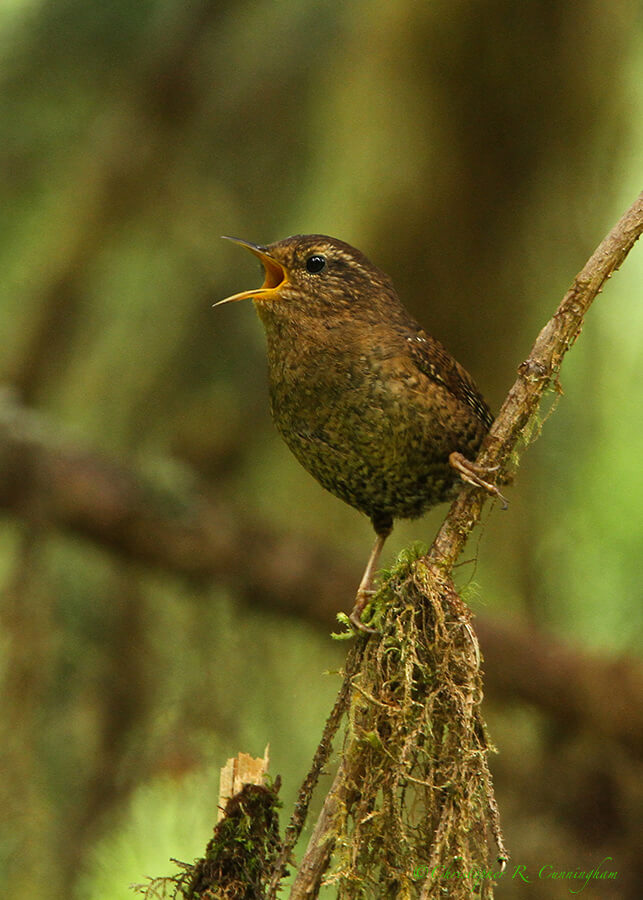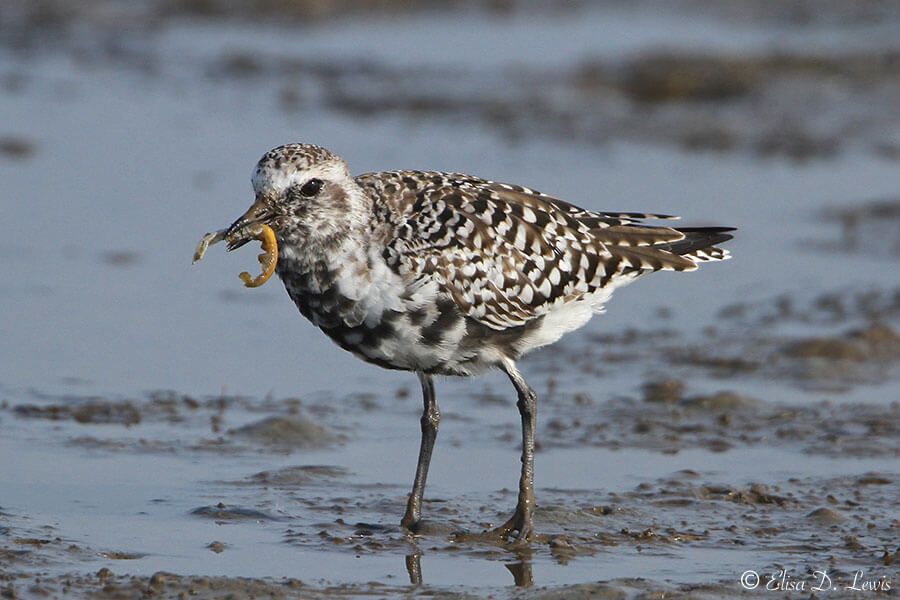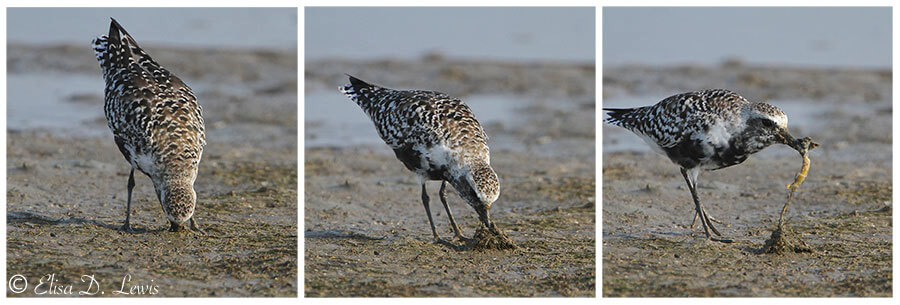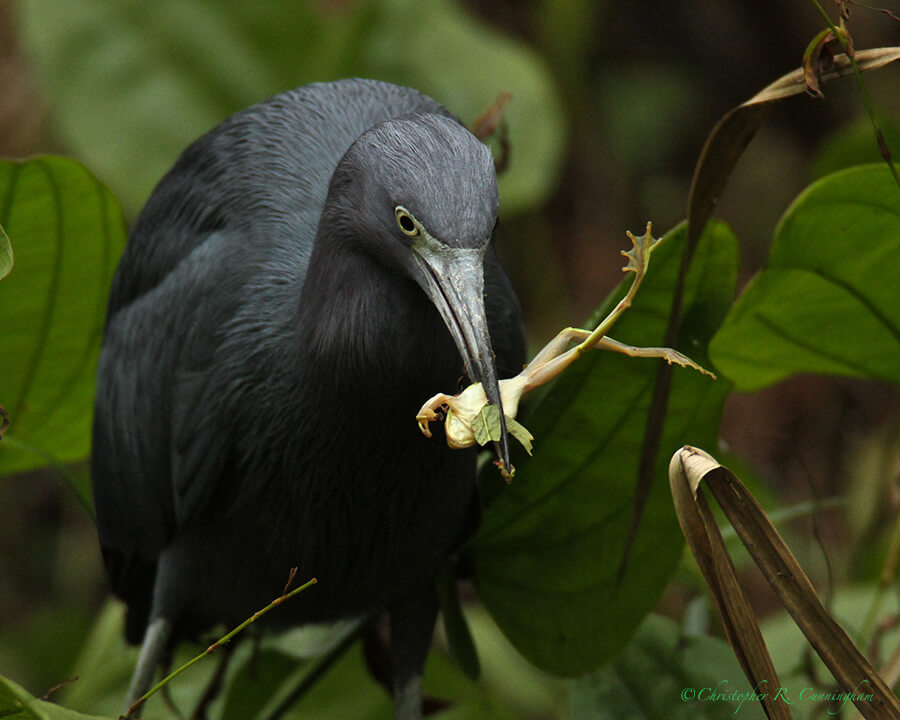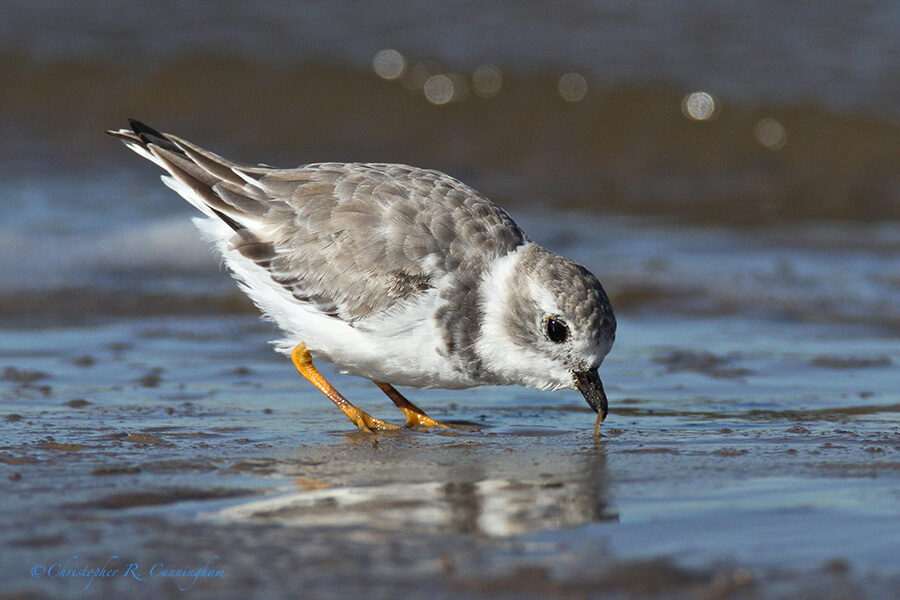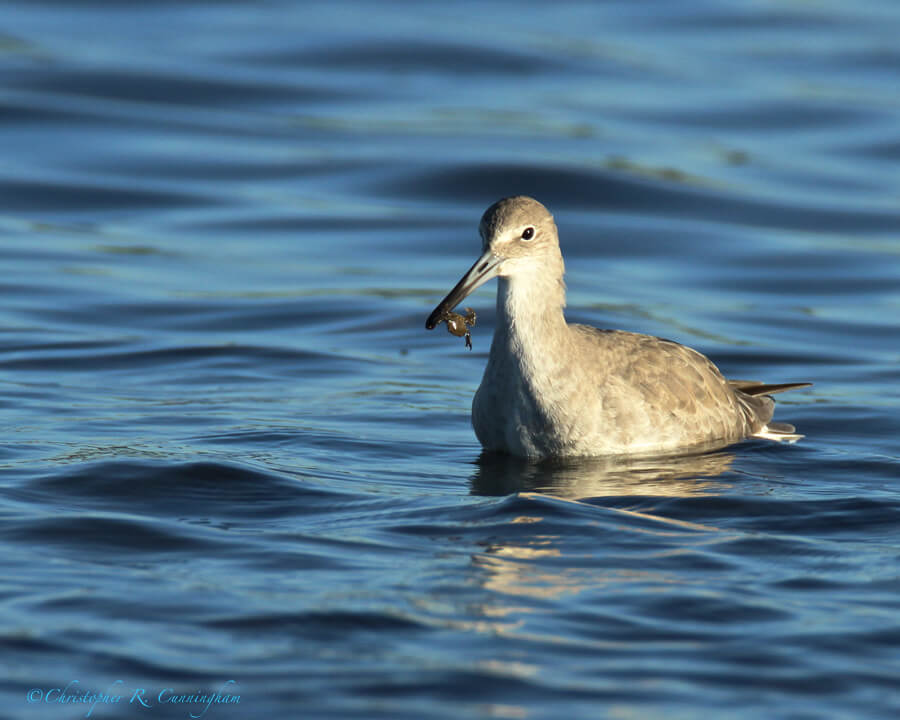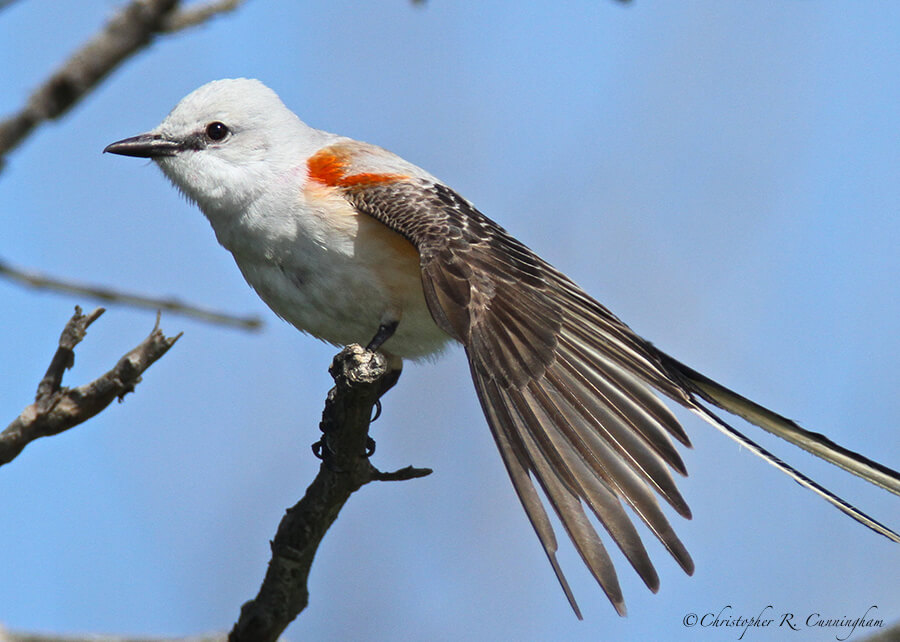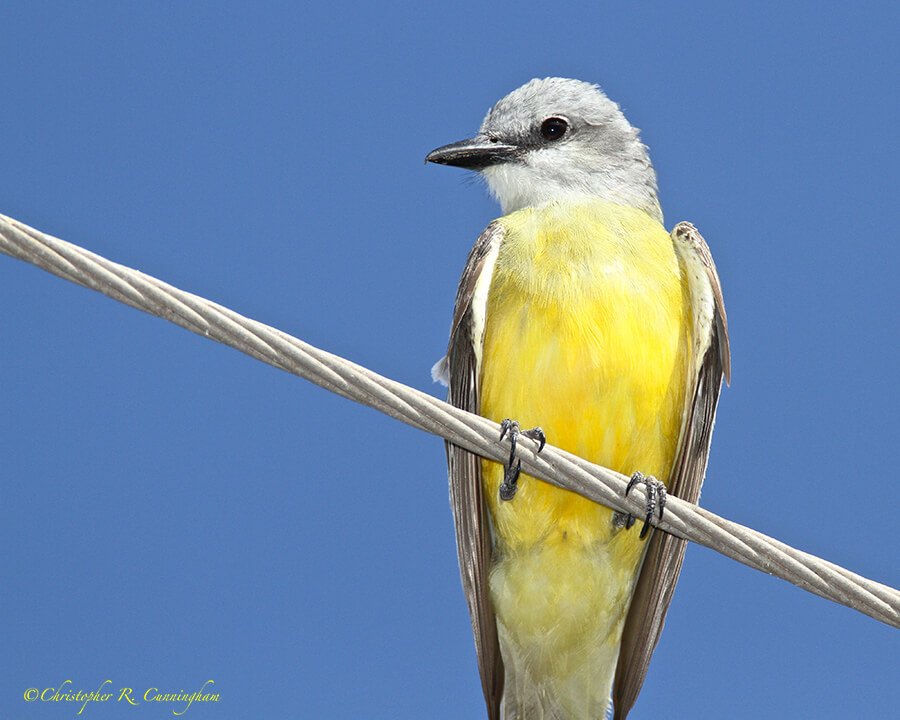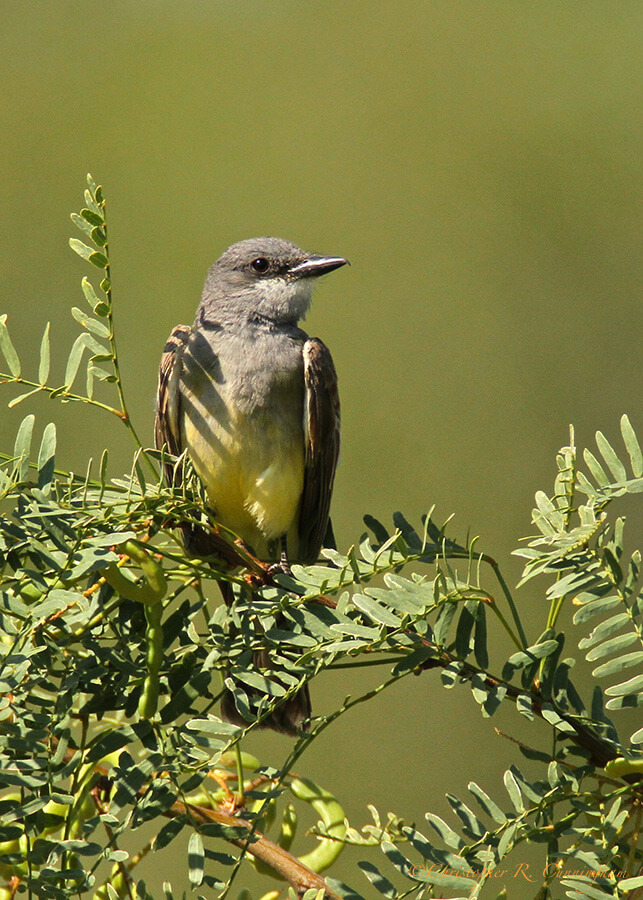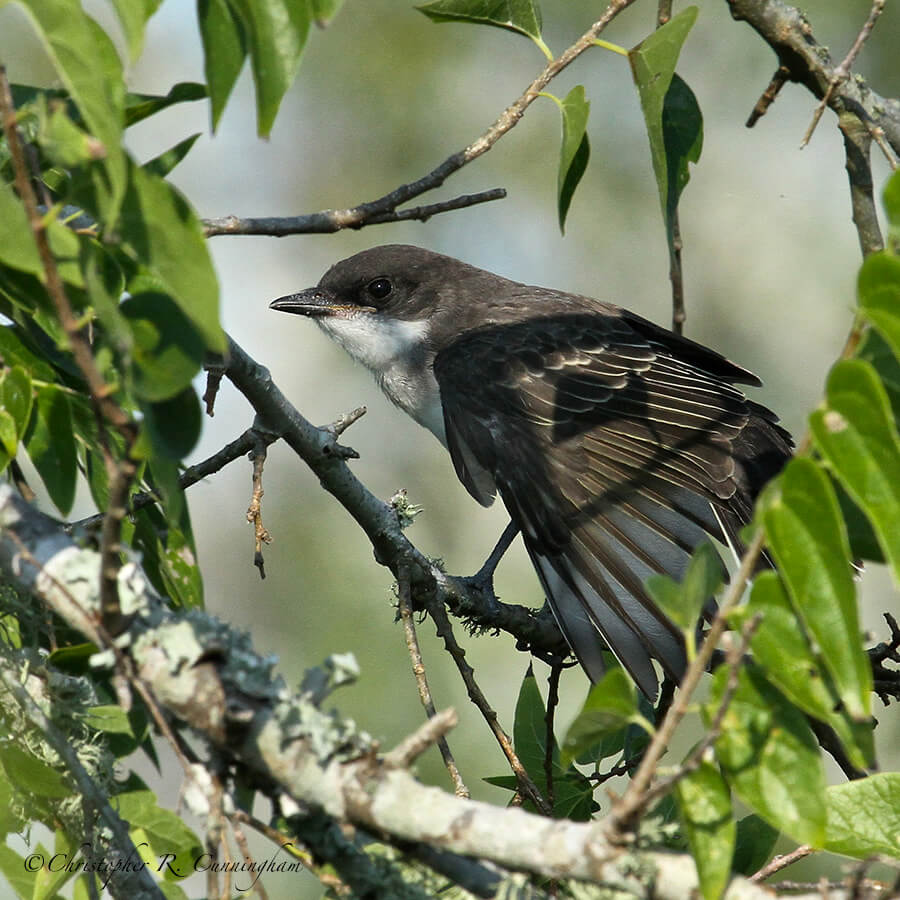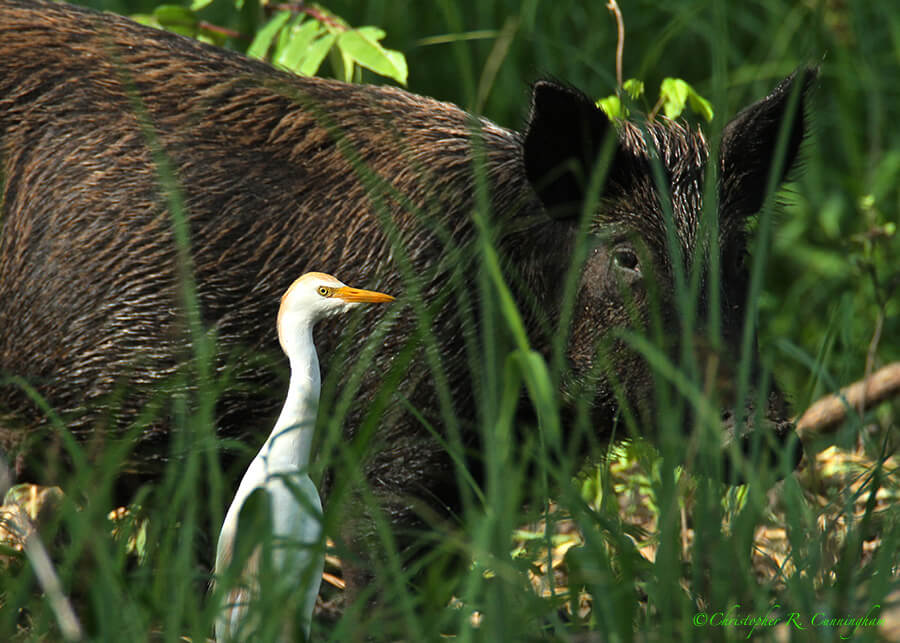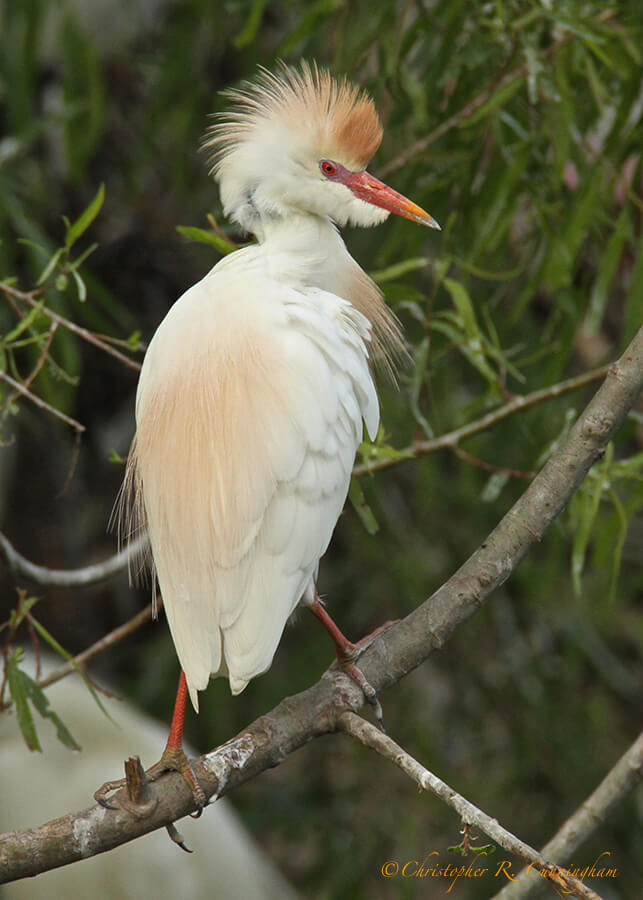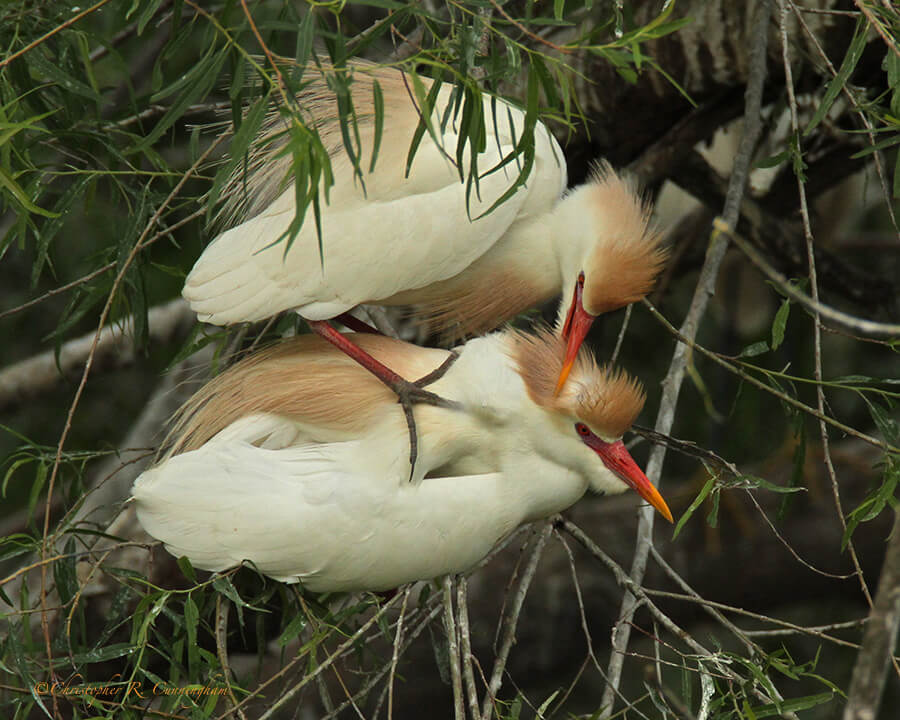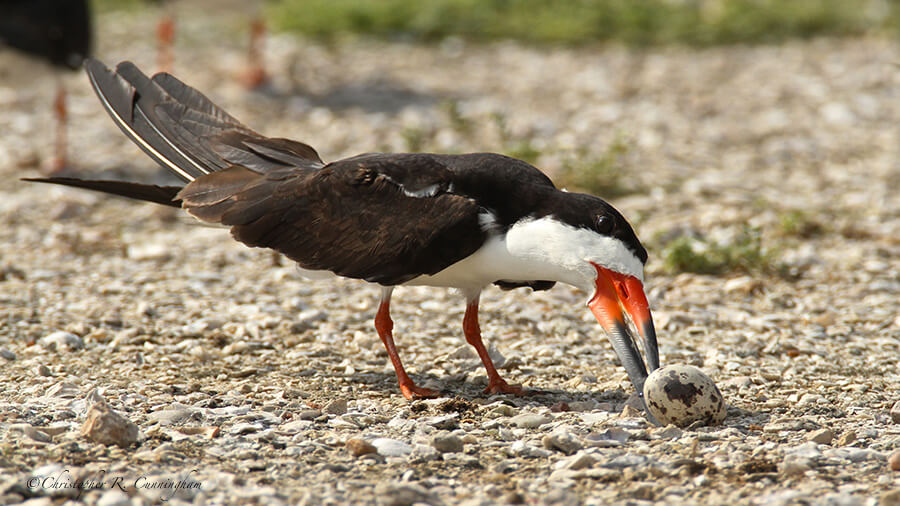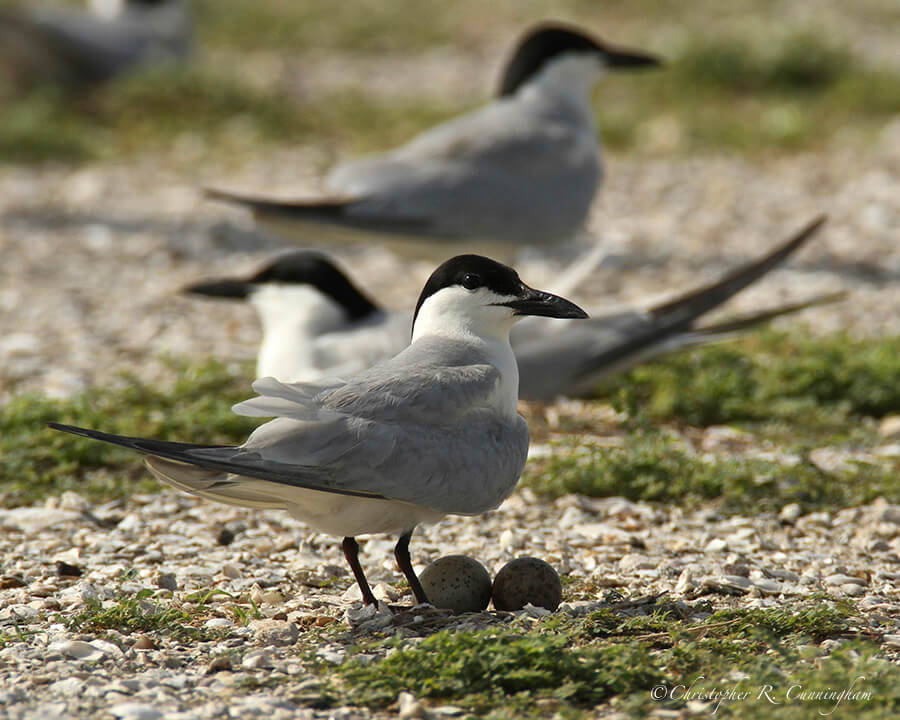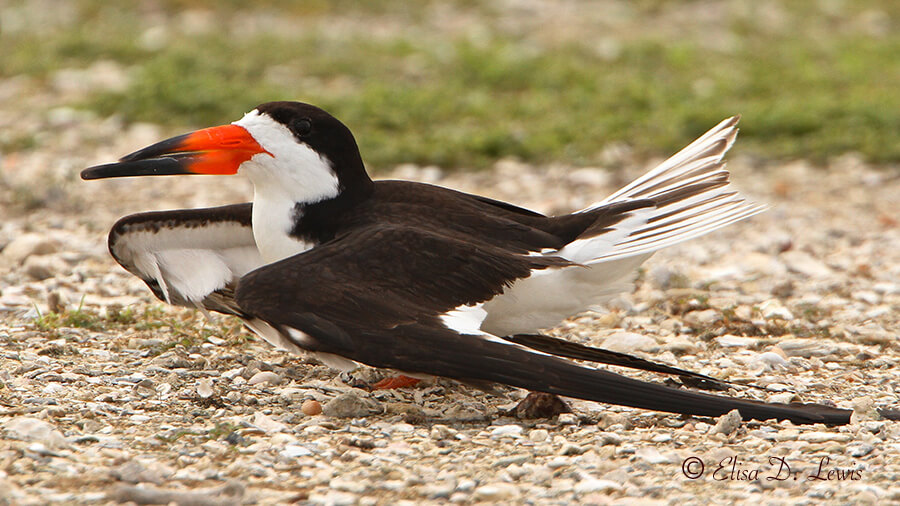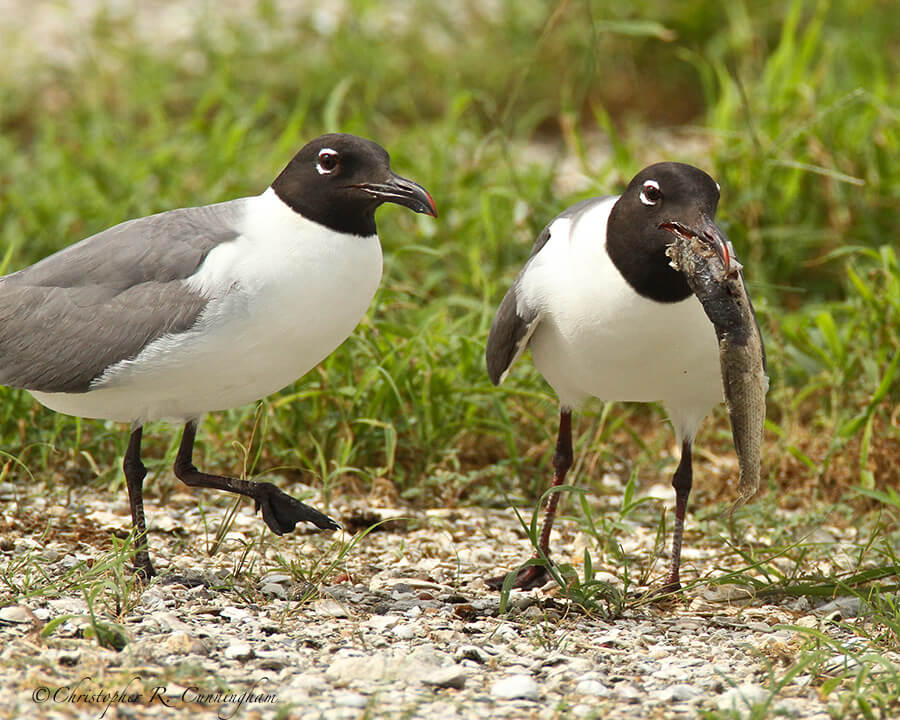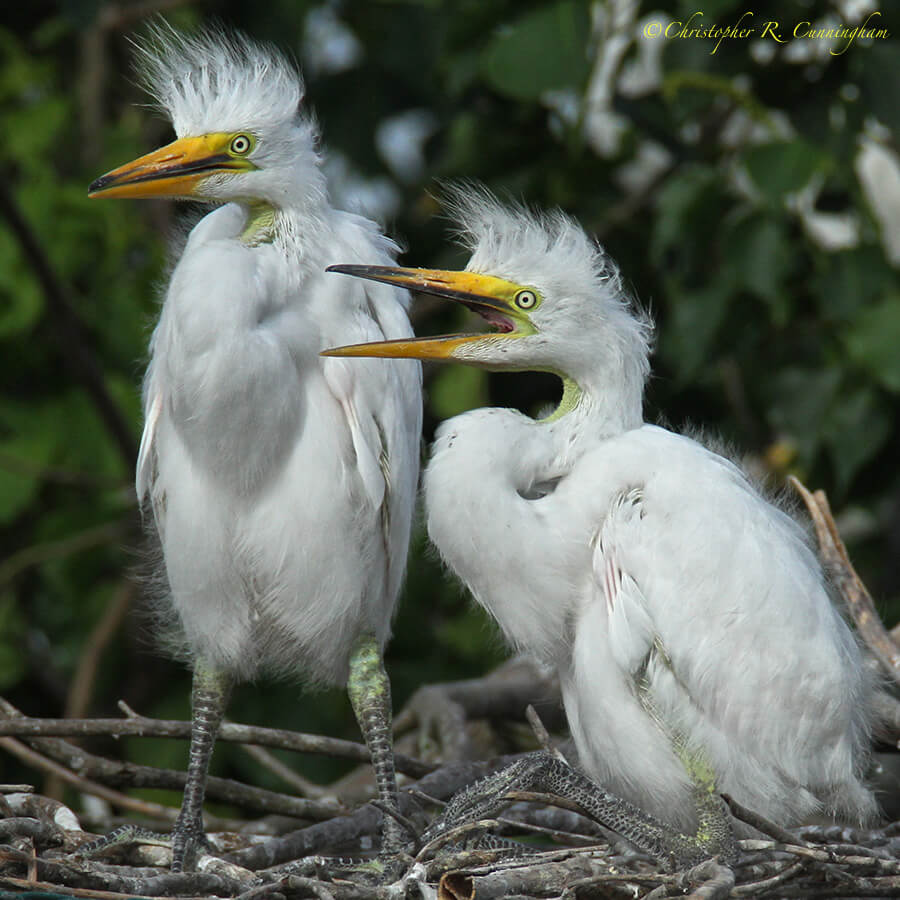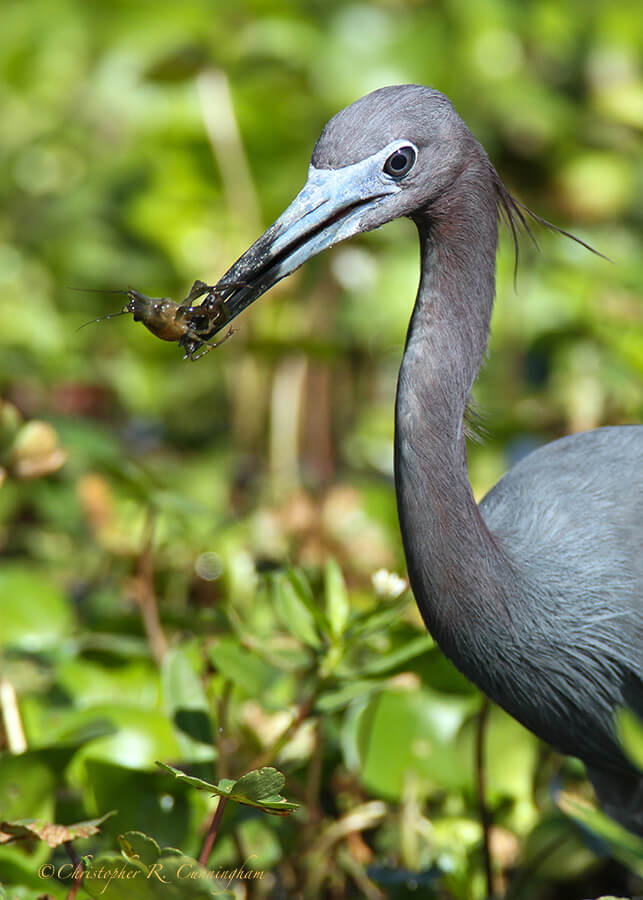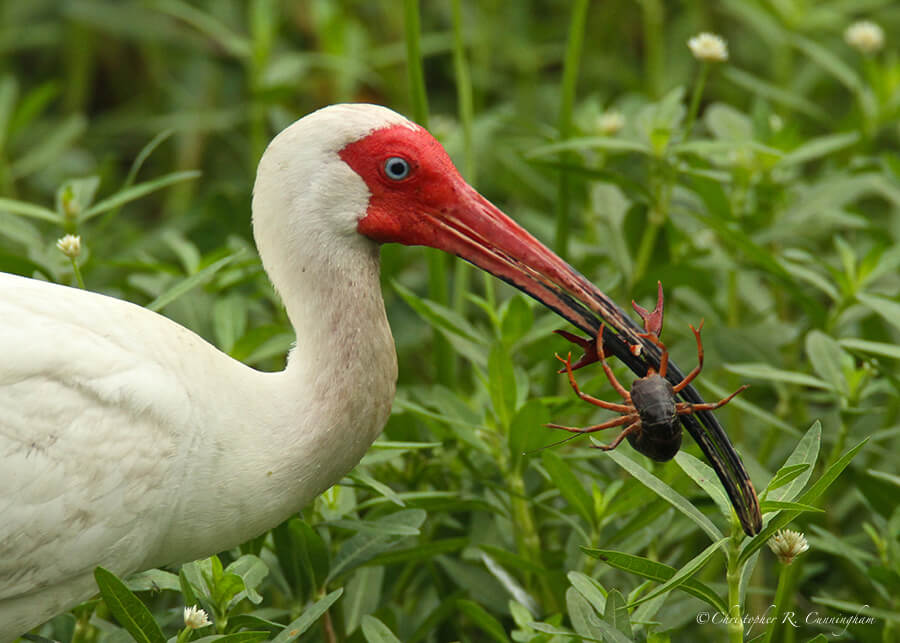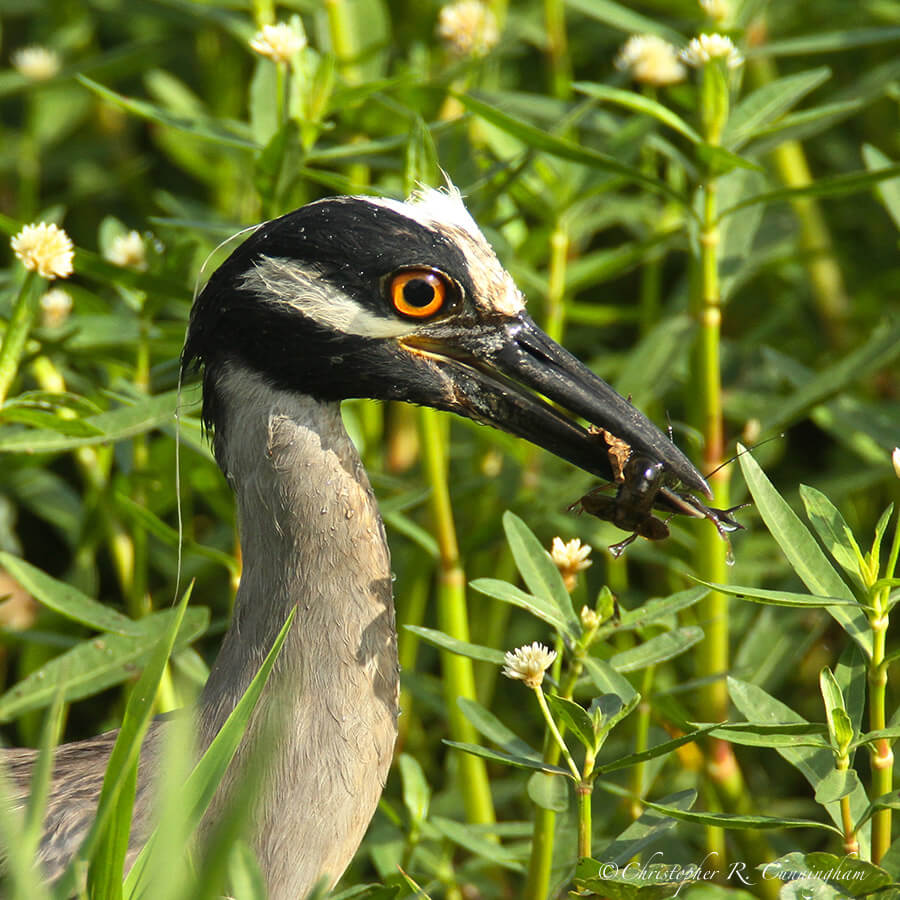The ghostly winter silence had given way to the great spring murmur of awakening life.—Jack London, The Call of the Wild
Last weekend we took advantage of the spectacular weather and visited a number of our favorite birding haunts, including East Beach, Lafitte’s Cove (both Galveston Island, Texas), Pelican Island, and Brazos Bend State Park (BBSP). We visited the coastal sites with an eye toward seeing migrants, but alas there were no surprises, only the usual customers for this time of year both on the beach and in the motte.
At Brazos Bend State Park, Pilant Lake was again hopping with American Bitterns. They were busy hunting, singing, and displaying. On this visit, I caught one bird singing right out in the open in beautiful morning light around 7:45 am.
The song of the American Bittern, expressed onomatopoetically as oonk-a-loonk, is sometimes described as territorial and likely has a significant infrasonic component, below the threshold of human hearing. The singing is accompanied by a labored-looking performance in which the feathers of the head, neck, and shoulders (white shoulder plumes) are repeatedly roused and flattened. The beak is snapped shut producing a click that is apparently part of the song.
A bittern’s song is clearly aimed at other bitterns in the marsh as they answer each others’ calls. What exactly is being communicated is in question as these birds are on their way to breeding grounds far north of coastal Texas, and they are not likely carving out territories at BBSP. Perhaps they are merely exercising and practicing for the important performances to come on actual breeding grounds.
The series of six images below records one song, a wavelength, if you will, within a performance that may contain many repetitions of the same. All images were taken with a Canon EOS 7D + 600mm f/4L IS (+1.4x TC) under natural light, and are uncropped. Something approximating 0.5 seconds separates each frame.
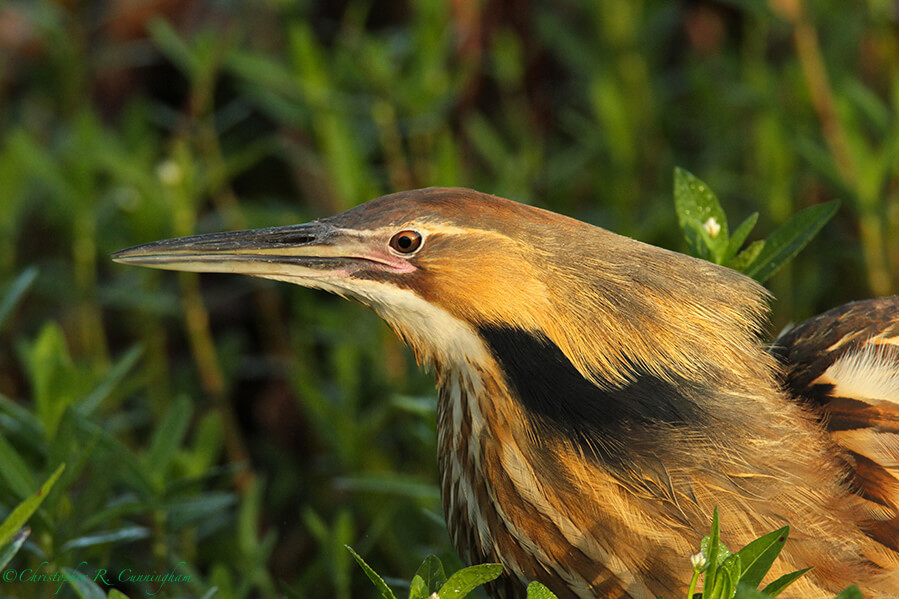
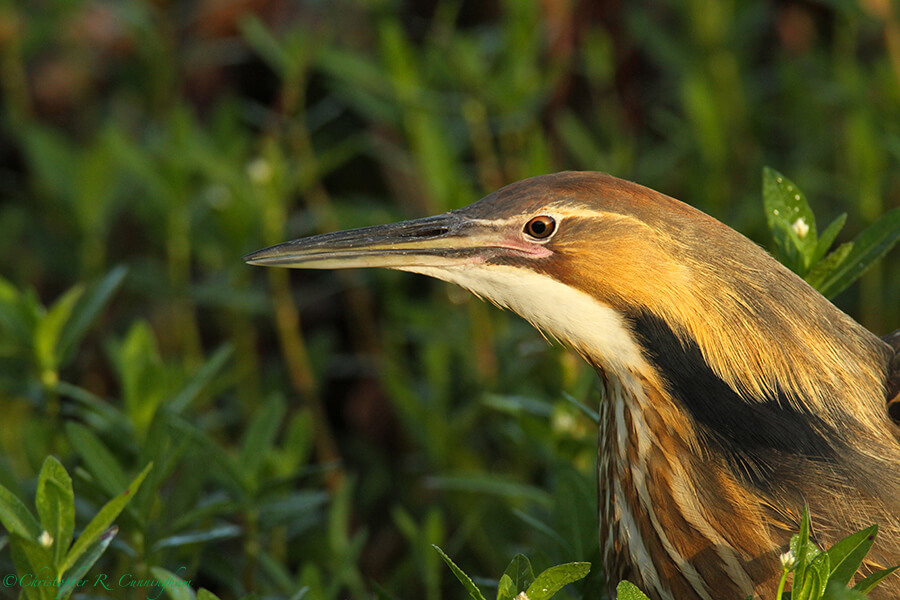
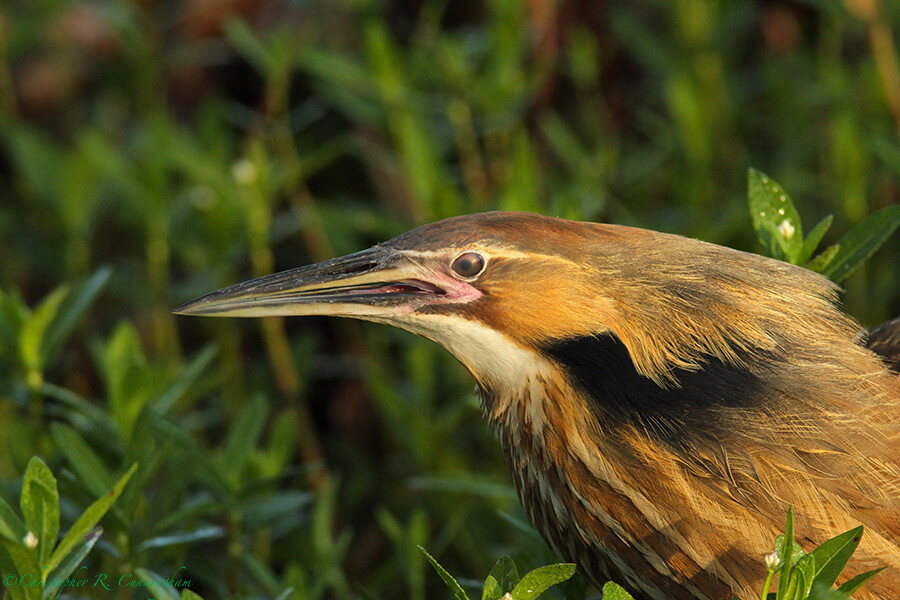
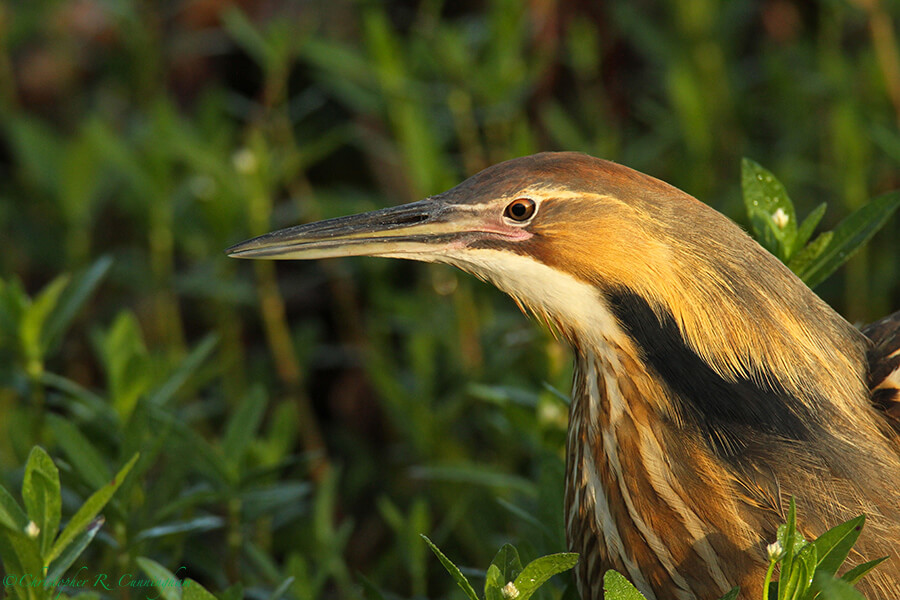
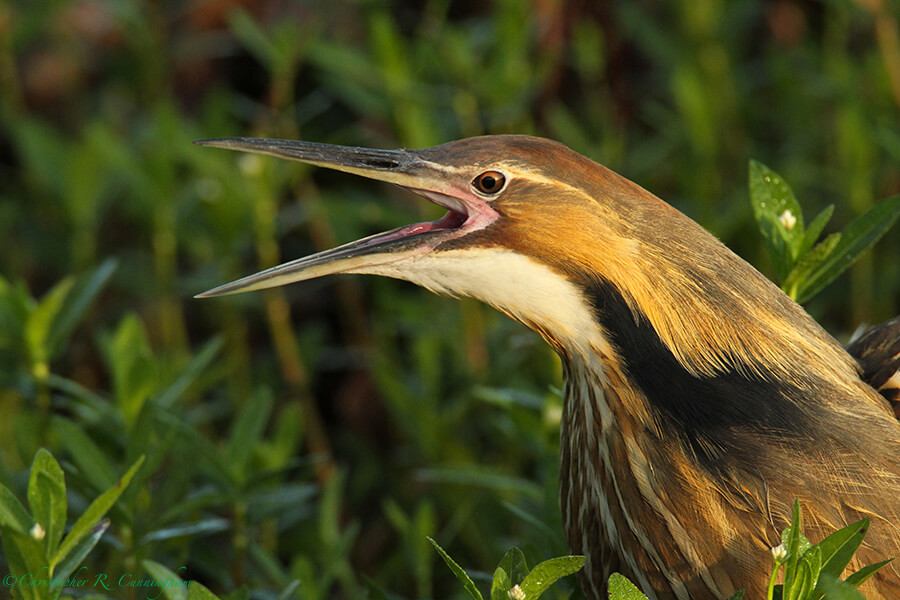
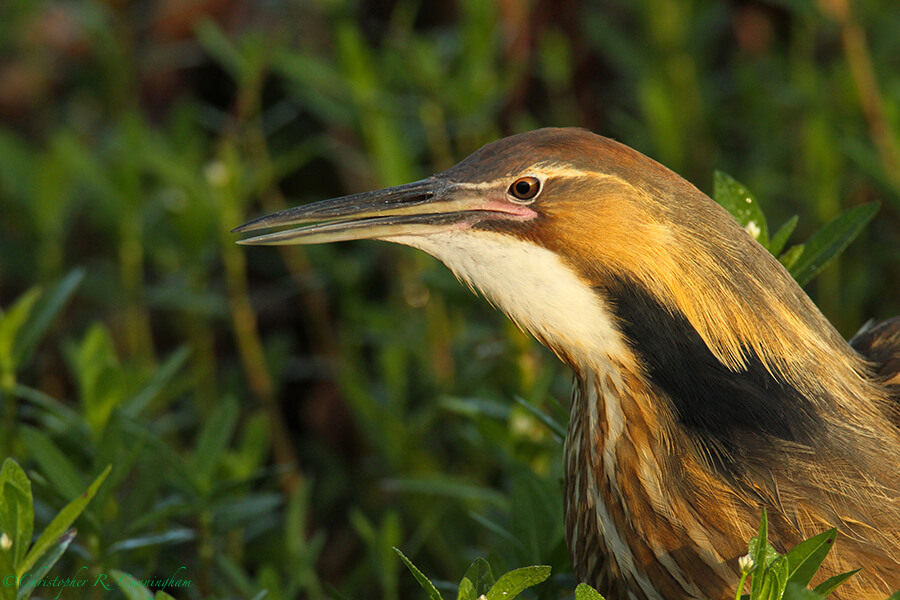
©2015 Christopher R. Cunningham. All rights reserved. No text or images may be duplicated or distributed without permission.
